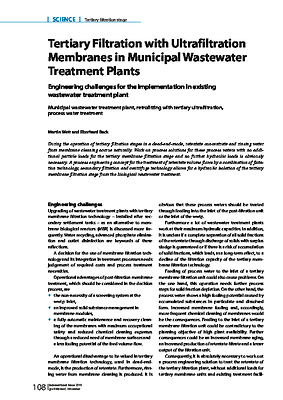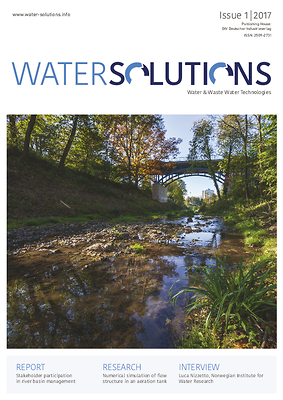April 8, 2022 | On April 5, a new policy memorandum on Accelerating Nutrient Pollution Reductions in the Nation’s Waters was released. This memo reaffirms EPA’s commitment to working with federal agencies, state co-regulators, Tribes, water stakeholders, and the agricultural community to advance progress in reducing excess nutrients in the nation’s waters.
“Nutrient pollution is one of America’s most widespread, costly, and challenging environmental problems,” said U.S. Environmental Protection Agency (EPA) Assistant Administrator for Water Radhika Fox. “At the same time, promising innovations, creative partnerships, holistic One Water solutions, and unprecedented opportunities to invest in clean and safe water through the Bipartisan Infrastructure Law have the potential to rapidly accelerate progress on nutrient pollution. Our nutrients memo is a call for scaling up the innovative approaches being used by farmers, ranchers, water agencies, local municipalities, industry, and communities to make progress.”
Contents and commitments
In the memo, EPA commits to deepening existing partnerships and fostering new collaboratives with the U.S. Department of Agriculture (USDA), states, Tribes, territories, agriculture, industry, and the broader water sector. The agency will support innovation and pursue science-based and data-driven strategies to reduce excess nutrients in its nation’s waters. Critically, EPA will also provide technical assistance and other support to help states, Tribes, and territories scale effective nutrient loss reduction strategies. The Bipartisan Infrastructure Law also provides dedicated resources to accelerate efforts, such as the work happening through the Gulf Hypoxia Taskforce on state nutrient reduction strategies. EPA will also continue to evolve and implement the Clean Water Act regulatory framework to holistically address nutrient pollution.
Partnership with USDA
“Through voluntary, incentive-based conservation programs, USDA helps agricultural producers improve the timing and application method of nutrients, which supports food and fiber production while also reducing the impacts on the environment,” said Under Secretary for Farm Production and Conservation Robert Bonnie. “USDA is proud to partner with EPA, farmers, ranchers and others to reduce excess nutrients in America’s waters. Effective nutrient management not only improves plant health and productivity, but also reduces excess nutrients in surface and ground water as well as emissions of greenhouse gases that contribute to climate change.”
“In Wisconsin, we are dedicated to ensuring everyone has access to clean, safe water. Nitrates in our drinking water and other nutrient pollution impacts Wisconsin residents every day,” said Secretary of the Wisconsin Department of Natural Resources Preston Cole. “Wisconsin welcomes EPA’s commitment to partnering with states and with agriculture to tackle the challenge of nutrient pollution. We also appreciate the leverage that the Bipartisan Infrastructure Law offers to address nutrient pollution from a variety of sources. The strategies outlined in EPA’s nutrients memo will help all of us make progress to protect public health and our Nation’s waters.”
Disadvantaged communities across the country will be prioritized
Additionally, under this policy memo, EPA will prioritize nutrient pollution reduction, treatment, and mitigation activities that help protect public health and the environment in the most vulnerable communities. Disadvantaged communities across the country disproportionately bear the brunt of environmental impacts from nutrient pollution and lack the resources to address these issues on their own.
Additional information
The EPA’s memo is available here.
More about EPA’s efforts to address excess nutrients is available here.







